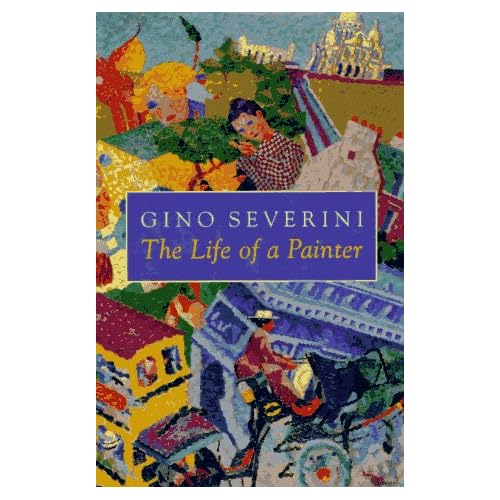The Life of a Painter
Category: Books,Arts & Photography,History & Criticism
The Life of a Painter Details
Review "Much in Gino Severini's recollections is the day-to-day gossip of modernism at its peak.... Some of the most exciting movements in twentieth-century art." (Times Literary Supplement)"Gino Severini was one of the lively founders of Italian Futurism. His autobiography, written with verve and charm, brings to life the debates, events, and challenges that characterized early Modernism in Milan, Rome, and Paris."―Anne Coffin Hanosn, Yale University"His story is told in a glib and chatty manner. Severini was a keen observer, quick to learn, quick to spot frailties and foibles, but last to criticize. There is a certain 'niceness' in his writing, the attitude of a Tuscan Candide." (The Art Book) Read more Language Notes Text: English (translation) Original Language: Italian Read more From the Inside Flap "Gino Severini was one of the lively founders of Italian Futurism. His autobiography, written with verve and charm, brings to life the debates, events, and challenges that characterized early Modernism in Milan, Rome, and Paris."--Anne Coffin Hanosn, Yale University Read more About the Author Gino Severini was born in Cortona Italy in 1883 and died in Paris in 1966. Read more

Reviews
This book is neither a picture book nor a manifesto. It's a well-written artist's autobiography, something that is unfortunately quite rare. Severini is not a household name today, but he was a major player in the Paris art world of the early twentieth century. Best known as a Futurist painter, he describes himself as a reluctant member of that movement, and he dabbled in several "isms" over the course of his career. His close personal friends included Picasso, Braque, Gris, Modigliani, Apollinaire, and Cocteau. His acquaintances included just about every famous modern artist in Paris, Rome, and Milan, as well as many you've never heard of. His greatest achievement in this book is to diagram, by means of personal anecdotes, the motivations and theoretical concepts of all these artists and their movements, how they influenced one another and how they contributed to the growing, shifting entity that was "modern art."In addition to painting, he includes literature, theatre, music, and architecture in his scope. Along the way, he gives vivid descriptions of the bohemian cafe life of Paris, and the occupational hardships of a (sometimes literally) starving artist. There's also some fascinating stuff about the business side of art--working with galleries, dealers, and clients--at a period in history when, much to the chagrin of the author, art started to become less about craft and more and more about commerce. Sometimes when talking about his own work, the author's prose devolves into unintelligible artspeak, though that may be the fault of the translator. Severini is much more knowledgeable about poetry and philosophy than I am, so some of his discussions in those areas were way over my head. Such passages are brief, however, and 90% of the book was enjoyable and informative. I'm not a huge fan of Severini's painting, but his book pleasantly surprised me.


